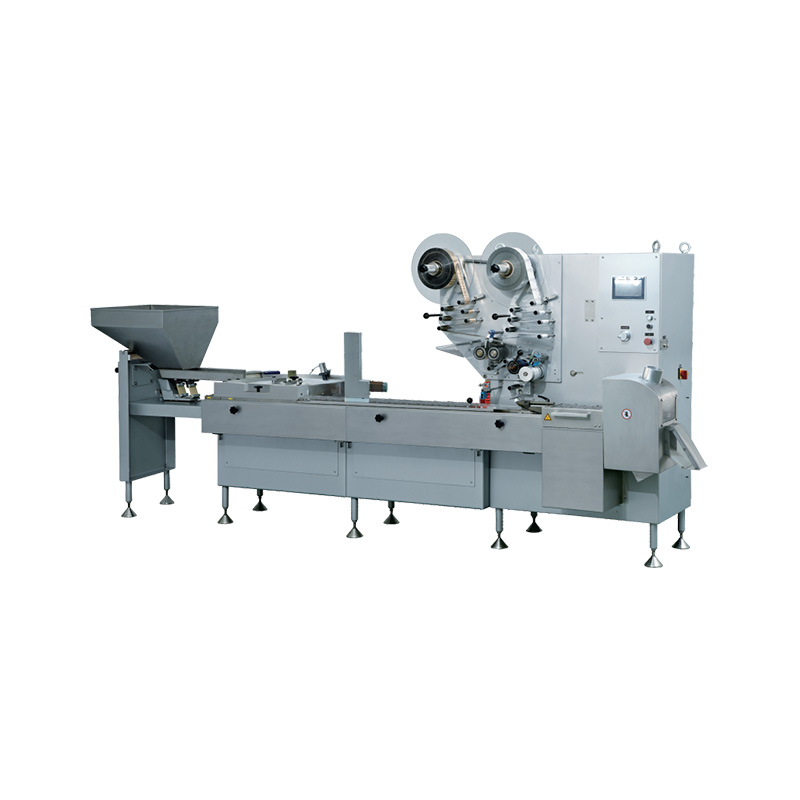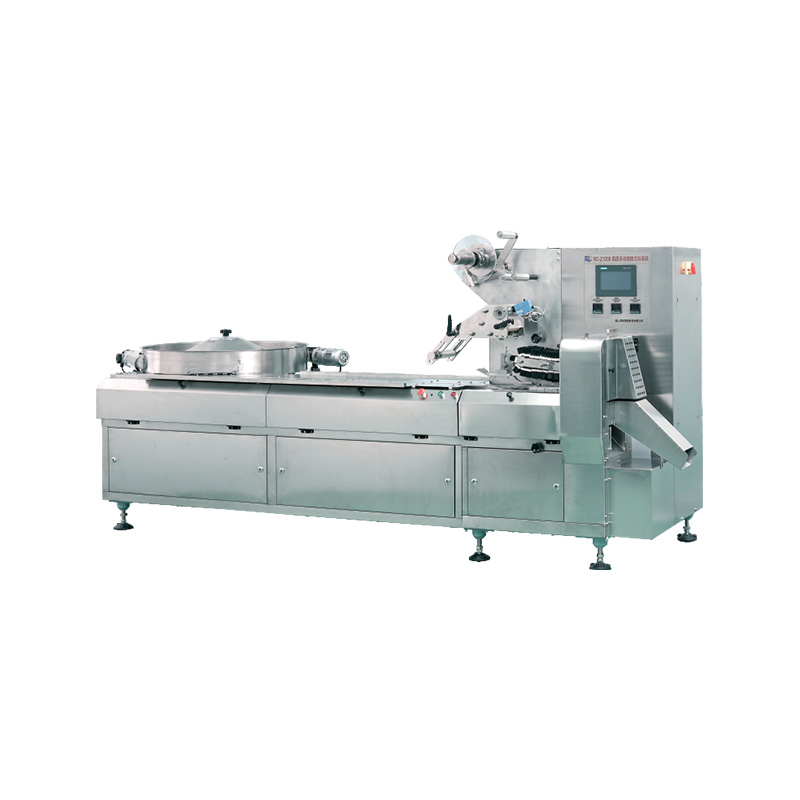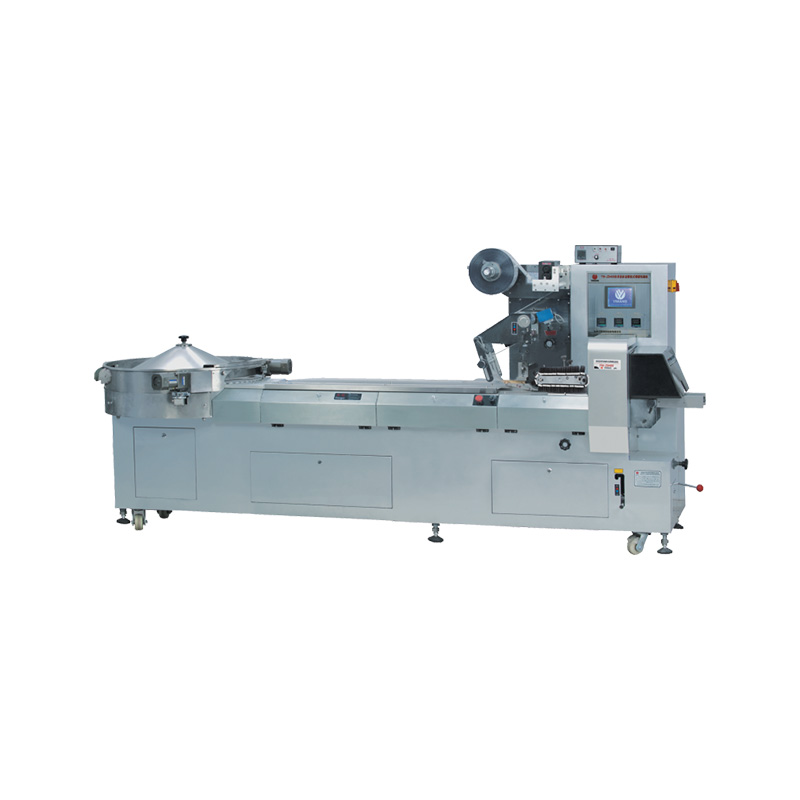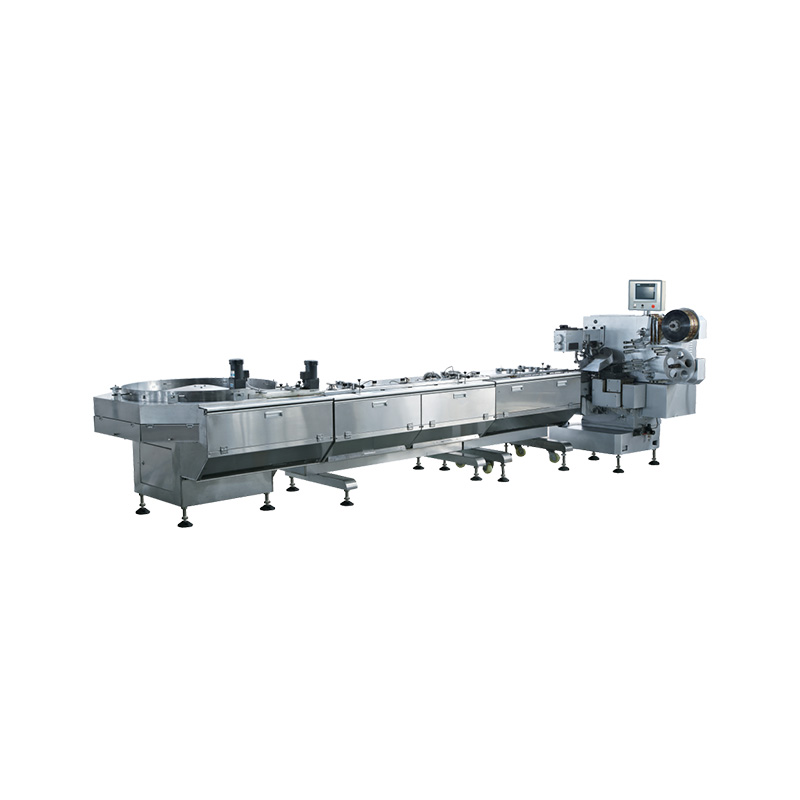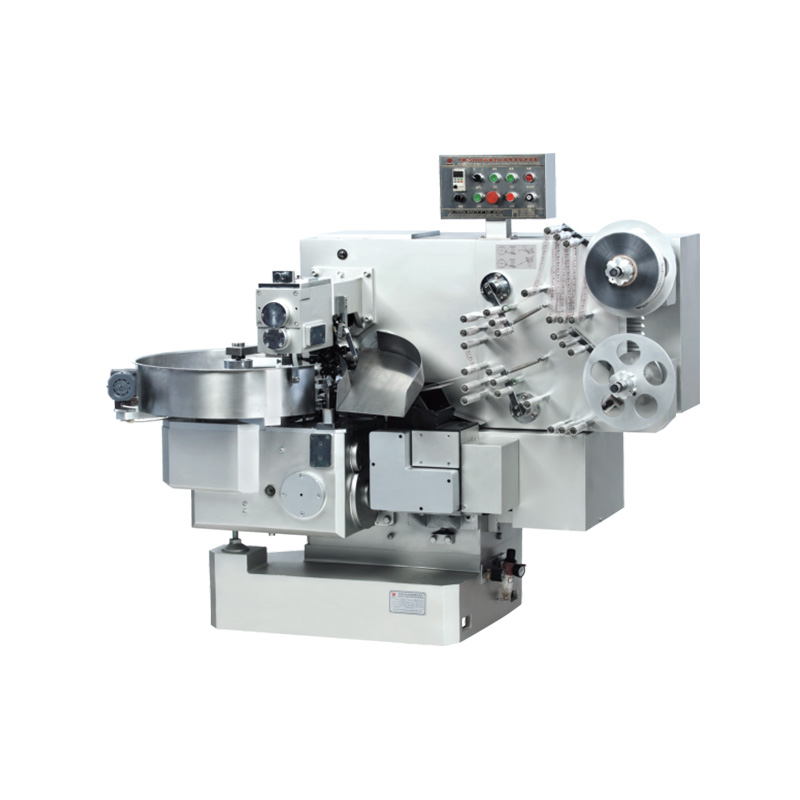Compact Chocolate Wrapping Equipment For Small And Medium Production Lines
In today's confectionery industry, efficiency and flexibility are crucial factors for manufacturers, especially those running small- to medium-sized production lines. Compact chocolate wrapping equipment plays a significant role in meeting these needs by offering a practical solution that balances space-saving design with reliable performance. These machines allow manufacturers to streamline their packaging processes without requiring the large-scale infrastructure typically associated with high-volume operations.

Chocolate packaging machines designed for compact use are built to handle various types of chocolates, from bars and tablets to pralines and bite-sized pieces. Their adaptability makes them suitable for different wrapping styles, including flow wrapping, twist wrapping, and flow packs. This versatility ensures that small and medium manufacturers can maintain product appeal and freshness while meeting customer expectations.
One key advantage of compact wrapping equipment is its footprint. In smaller production environments, available floor space can be limited, so equipment that occupies little space without compromising functionality is highly valuable. These machines often feature modular designs, which provide flexibility in setup and allow for easy integration with existing production lines. Such configurations can be adjusted or expanded as production demands change, supporting scalability without the need for major investments.
Beyond size and adaptability, modern compact chocolate wrapping machines are increasingly incorporating automation elements to enhance operational efficiency. Automation reduces manual labor, improves consistency, and helps reduce errors during the packaging process. One notable automation component in this area is the use of robotic arms for food packaging.
Robotic arms bring several benefits to chocolate packaging operations. Their precision and repeatability allow them to handle delicate chocolate products gently, reducing the risk of damage during wrapping or placement. These robots can be programmed to perform multiple tasks, such as picking, placing, sorting, and packaging, which makes them suitable for complex production workflows. Integration of robotic arms also supports faster throughput rates, enabling manufacturers to keep up with growing demand without expanding workforce size.
In addition to improving productivity, robotic arms contribute to maintaining hygiene and safety standards in food packaging environments. Since they can operate with small human contact, the risk of contamination decreases, which is especially important in the confectionery sector where product quality and safety are paramount. Moreover, robotic systems often include sensors and vision systems that enable quality control checks during packaging, helping identify defective products before shipment.
Another aspect to consider when choosing compact chocolate wrapping equipment is energy efficiency. Machines that use advanced servo motors and optimized drive systems consume less power during operation, reducing overall production costs. Energy-efficient equipment also supports sustainability efforts, which is an increasing priority for many manufacturers and consumers alike.
Maintenance and ease of use are important factors for small and medium manufacturers who may not have extensive technical teams on hand. Compact wrapping machines are often designed with user-friendly interfaces and straightforward maintenance procedures to lessen downtime. Quick changeover capabilities allow operators to switch between different product sizes or wrapping styles with little effort, ensuring production lines remain agile and responsive to market trends.
Suppliers of chocolate packaging machines also offer after-sales support, including training, spare parts availability, and remote troubleshooting. This support helps manufacturers maximize machine uptime and extend equipment lifespan, making the initial investment more cost-effective over time.
Looking ahead, trends in compact chocolate wrapping equipment include further integration of smart technologies and data analytics. These advancements allow manufacturers to monitor machine performance in real time, predict maintenance needs, and optimize production schedules. Such capabilities contribute to reducing waste, improving resource utilization, and maintaining consistent product quality.
In summary, compact chocolate wrapping equipment tailored for small and medium production lines offers a practical approach to efficient packaging. These machines combine space-saving design with flexible wrapping options and increasing levels of automation. The integration of robotic arms for food packaging enhances precision, hygiene, and speed, making them a valuable addition to many confectionery operations.
Choosing the right equipment involves balancing factors such as footprint, adaptability, automation, energy use, and ease of maintenance. By selecting machines designed with these elements in mind, manufacturers can improve their packaging processes, respond quickly to changing market demands, and maintain product quality—all without the need for large-scale facilities or extensive resources.

 English
English